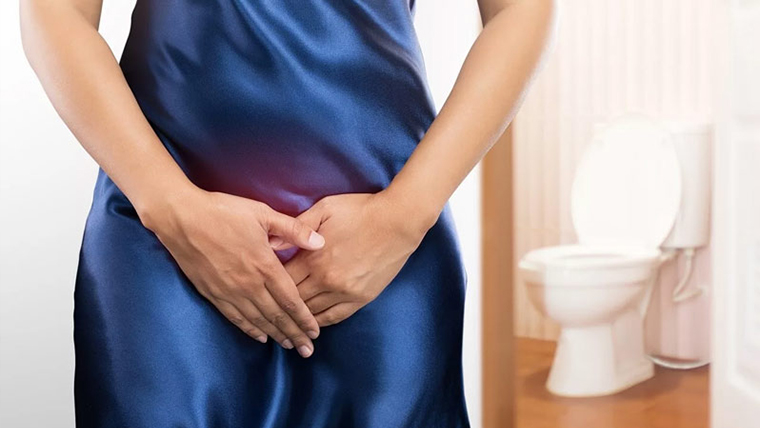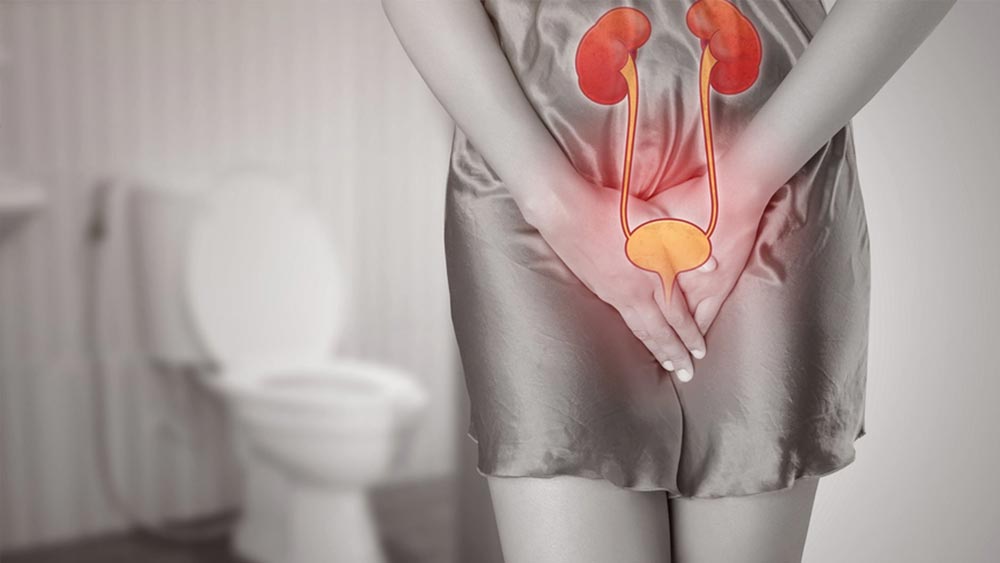
Urinary Incontinence in Women
The sudden and involuntary discharge of urine from the urinary tract in daily life is defined as urinary incontinence. Urinary incontinence in women It is seen due to different complaints in different age groups. Urinary incontinence, which is thought to be a normal process due to aging, is a serious disease that requires treatment, contrary to popular belief.
Urinary incontinence, medically known as urinary incontinence, is a disease of uncontrollable and involuntary urinary retention. Urinary incontinence, which is common in women, negatively affects life. A physician should be consulted without delay regarding urinary incontinence, which affects women's social life and self-confidence.
Kadınların %15 – 20 ‘sinde idrar kaçırma problemi görülmektedir. Urinary incontinence in women The problem may occur due to genetic weakness of the pelvic floor muscles, or it may occur due to risk factors such as multiple births, smoking, obesity, and unhealthy diet.

What are the causes of urinary incontinence?
Due to age, the decrease in the functions of the muscles that allow urine to be emptied when desired and other factors affecting this situation cause urinary incontinence.
Apart from the age factor, other factors affecting urinary incontinence include; diseases such as being overweight, smoking, chronic cough, constipation, asthma urinary incontinence in women are shown among the reasons. In addition, urinary incontinence is more common in those who work in heavy jobs that increase intra-abdominal pressure. Factors such as stone formation in the urinary tract, urinary tract infections, and alcohol consumption are among the risk factors for urinary incontinence.
What are the symptoms of urinary incontinence?
Symptoms of urinary incontinence include involuntary or sudden leakage of urine. In addition, symptoms such as inability to urinate, pain while urinating without a bladder infection, the patient's frequent desire to urinate, and frequent bladder infections are among the symptoms of urinary incontinence.

Urinary Incontinence Diagnostic Methods
Today, many different diagnostic methods are used for urinary incontinence. Urinary incontinence in women Diagnostic methods can be listed as follows;
- Cystometry (urodynamics): It is applied to measure the pressure in the bladder.
- (EMG Test): It detects the strength of the muscles that allow you to hold urine voluntarily.
- Pelvic Ultrasound: It is applied to view the shape and location of the organs in the pelvic area.
- Urinalysis: It is performed to detect urinary tract infection.
- Cystoscopy: It is used to examine the internal structures of the bladder and urethra, if necessary by the physician.
What are the Types of Urinary Incontinence in Women?
Urinary incontinence in women has been defined as 4 different types.
- Stress Urinary Incontinence: It is urinary incontinence that occurs due to sudden movements while laughing or coughing. It is the most common type of urinary incontinence in women. There are two main factors in the development of the disease. One of these is the weakness of the pelvic floor muscles. Pelvic floor muscles support the lower urinary tract organs. The strong pelvic floor keeps the urethra closed until it is time to urinate. In case of pelvic floor weakness, the urethra opens due to situations that increase intra-abdominal pressure and causes urinary incontinence. Another cause of stress urinary incontinence is due to the insufficiency of the muscles that control bladder emptying. Sphincter muscles keep the urethra closed while the bladder fills. In sphincter insufficiency, urinary incontinence occurs because the muscles cannot do their job.
- Urge Urinary Incontinence: It is a form of urinary incontinence when the need to go to the toilet is felt but before being able to reach the toilet. Unlike stress urinary incontinence, urinary incontinence occurs not because of weakness in the pelvic floor, but because the bladder muscles are overactive.
- Mixed Urinary Incontinence: The situation where stress urinary incontinence and urge urinary incontinence occur together is called mixed urinary incontinence.
- Overflow Urinary Incontinence: It is the leakage of a small amount of urine without feeling the difficulty of urinating when urine is stored above the bladder capacity. The patient feels that the bladder is not fully emptied.

Urinary Incontinence Treatment
In the treatment of urinary incontinence in women, the treatment methods to be applied to the patient are surgical or non-surgical. Today, it is used for the treatment of urinary incontinence in women. TOT surgeryIt is the most preferred and safest surgical operation among bladder length sling surgeries. The low complication rate and the fact that it is among the highly successful surgeries in the field of surgery allow TOT Surgery to be preferred.
Among the treatment methods for stress urinary incontinence, the methods used include muscle therapy, drug therapy and surgical treatment operations.
Muscle Treatment: It is a treatment performed to strengthen the pelvic floor muscles with Kegel exercises. With this treatment method, the bladder and urination-related muscles are taken under control, and the pelvic floor muscles are strengthened.
Medication: Today, some types of urinary incontinence can be treated with medications or hormones. These medications differ depending on the type of urinary incontinence.
Surgical treatment: Surgical treatment is performed when other urinary incontinence treatment methods fail. Depending on the type and type of urinary incontinence, surgical treatment option is applied.
Our treatments
- Prostate cancer
- Bladder Cancer
- Kidney Cancer
- Kidney stone
- Robotic Surgery
- HOLEP
- ThuLEP
- Prostate Biopsy
- hydrocele
- varicocele
- Testicular Cancer
- Urinary tract infection
- Urinary Incontinence in Women
- Urodynamics
- Vesicovaginal Fistula
- Laparoscopy Surgery
- Sacral Neuromodulation
- Laser Prostate Surgery
- Penile Prosthesis Implantation
- Prostate Hot Water Steam Treatment
- Penile Shock Wave Therapy – ESWT
- Male Infertility
- Drug Treatment for Sexual Dysfunction (Erectile Dysfunction)
